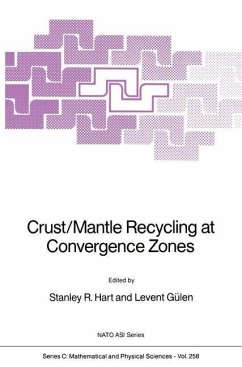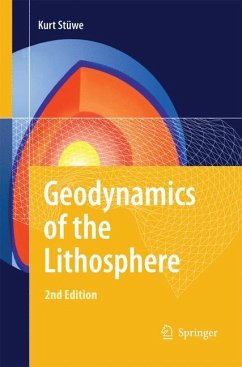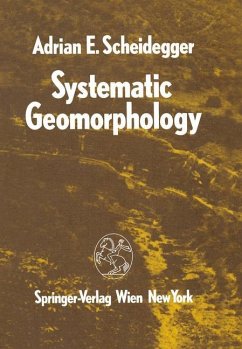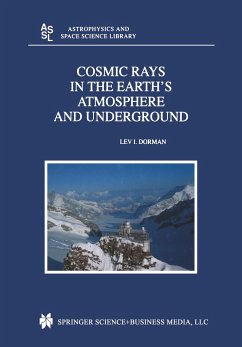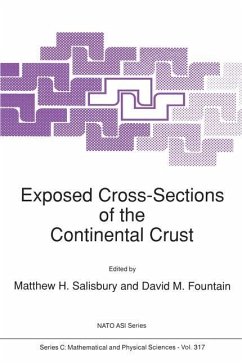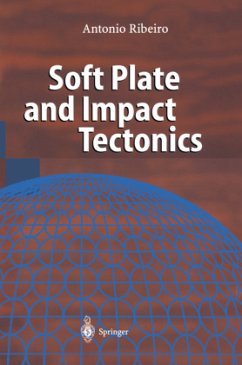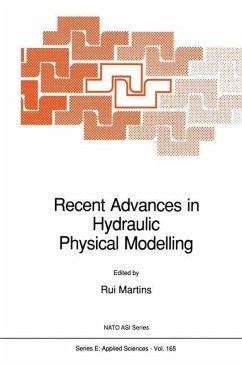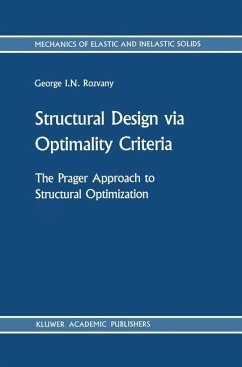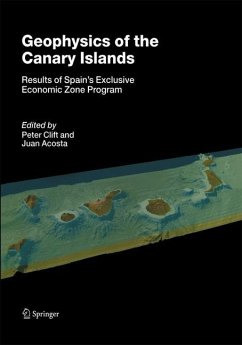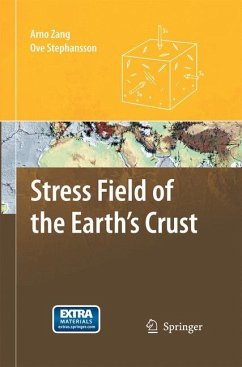
Stress Field of the Earth's Crust
Versandkostenfrei!
Versandfertig in 6-10 Tagen
50,99 €
inkl. MwSt.
Weitere Ausgaben:

PAYBACK Punkte
25 °P sammeln!
Stress Field of the Earth's Crust is based on lecture notes prepared for a course offered to graduate students in the Earth sciences and engineering at University of Potsdam. In my opinion, it will undoubtedly also become a standard reference book on the desk of most scientists working with rocks, such as geophysicists, structural geologists, rock mechanics experts, as well as geotechnical and petroleum en- neers. That is because this book is concerned with what is probably the most pe- liar characteristic of rock - its initial stress condition. Rock is always under a natural state of stress, ...
Stress Field of the Earth's Crust is based on lecture notes prepared for a course offered to graduate students in the Earth sciences and engineering at University of Potsdam. In my opinion, it will undoubtedly also become a standard reference book on the desk of most scientists working with rocks, such as geophysicists, structural geologists, rock mechanics experts, as well as geotechnical and petroleum en- neers. That is because this book is concerned with what is probably the most pe- liar characteristic of rock - its initial stress condition. Rock is always under a natural state of stress, primarily a result of the gravitational and tectonic forces to which it is subjected. Crustal stresses can vary regionally and locally and can reach in places considerable magnitudes, leading to natural or man-made mechanical failure. P- existing stress distinguishes rock from most other materials and is at the core of the discipline of "Rock Mechanics", which has been developed over the last century. Knowledge of rock stress is fundamental to understanding faulting mechanisms and earthquake triggering, to designing stable underground caverns and prod- tive oil fields, and to improving mining methods and geothermal energy extraction, among others. Several books have been written on the subject, but none has atte- ted to be as all-encompassing as the one by Zang and Stephansson.




